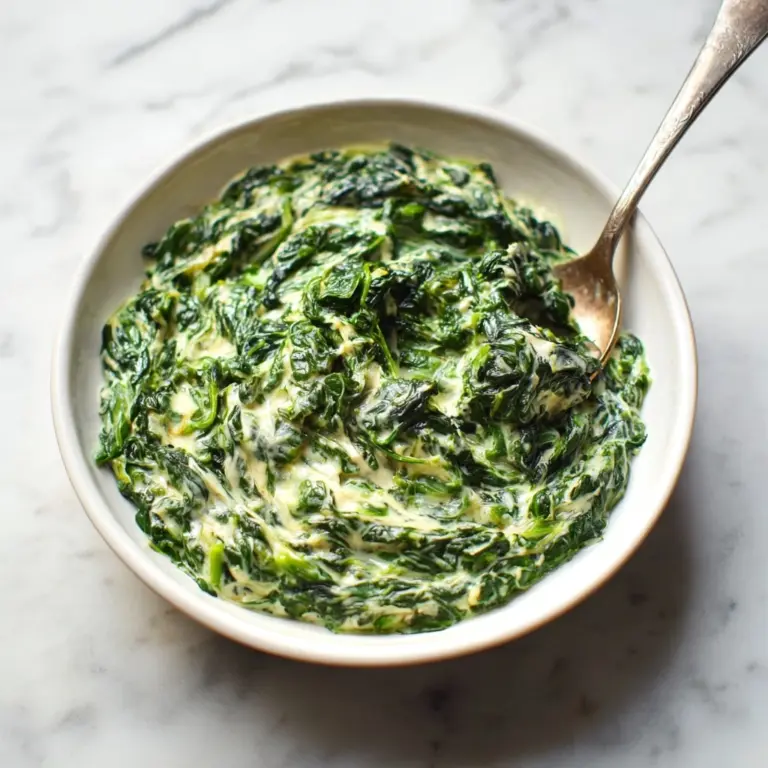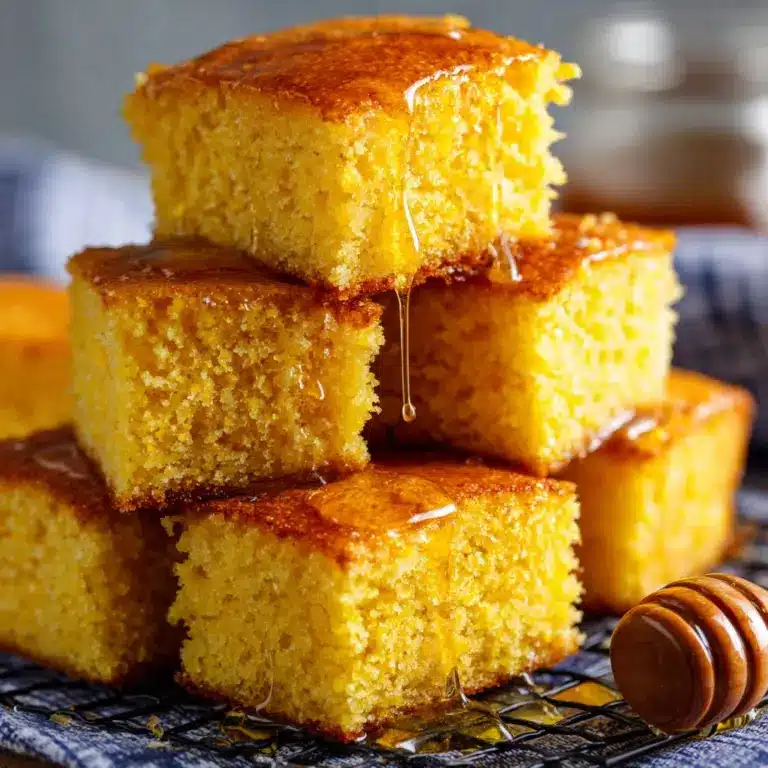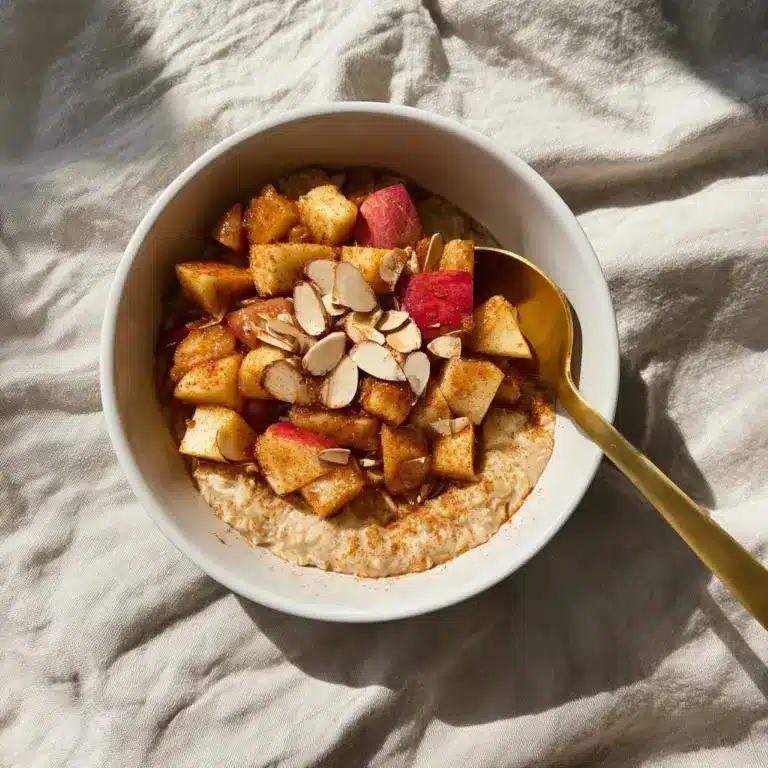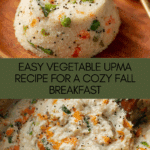Vegetable Upma Recipe
If you’re in the mood for a comforting, wholesome, and incredibly flavorful dish, Vegetable Upma is exactly what you need. This traditional South Indian breakfast favorite combines semolina with a vibrant mix of fresh vegetables and aromatic spices, creating a warm and inviting meal that’s both nourishing and satisfying. Whether you’re new to Indian cooking or a seasoned foodie, Vegetable Upma’s simple ingredients and straightforward method make it a perfect go-to recipe for any time of day.
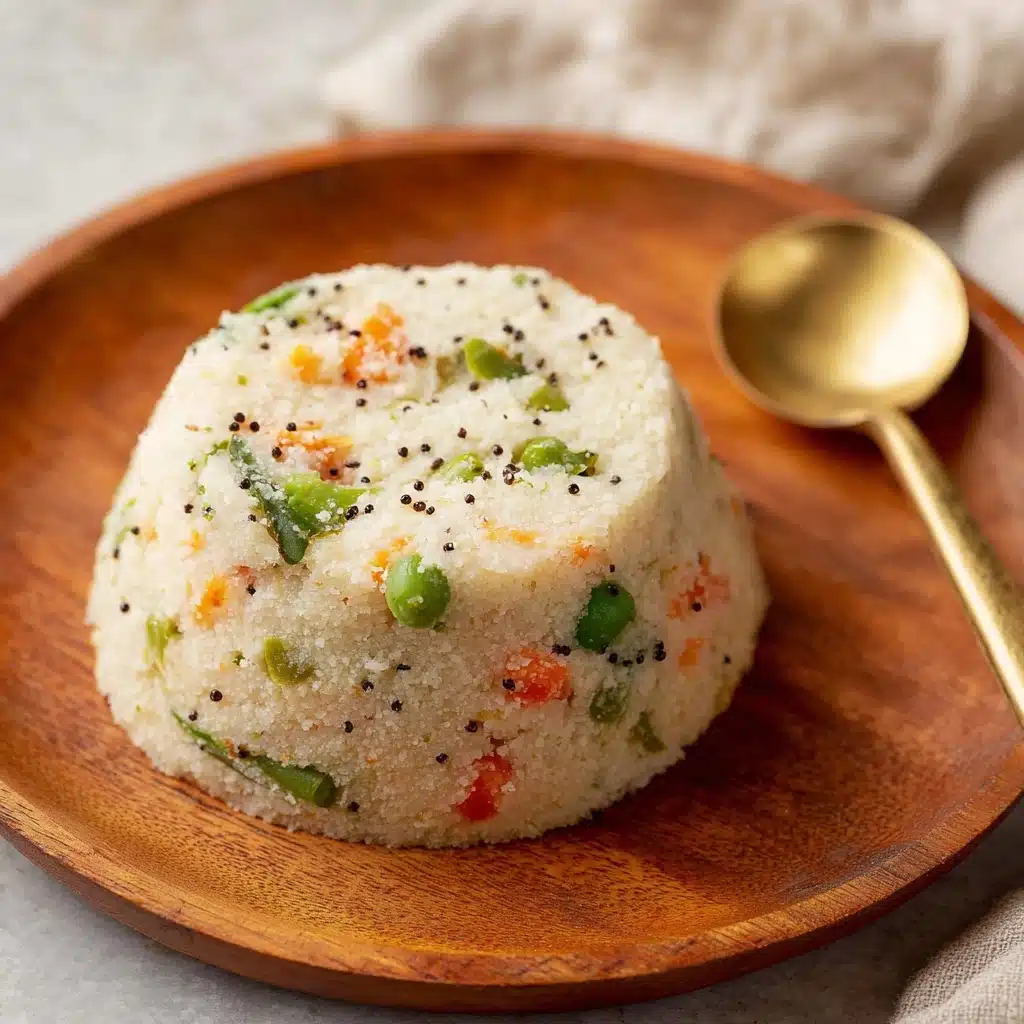
Ingredients You’ll Need
The magic of Vegetable Upma lies in its beautifully balanced ingredients, each playing a crucial role in texture, aroma, and color. From the nutty roasted semolina to the fresh crunch of assorted vegetables, these ingredients come together effortlessly to deliver a bowl of pure comfort.
- 1 Cup Bombay Rava (semolina or sooji): The main ingredient that gives upma its soft, fluffy texture.
- 2 Tablespoons Oil: Essential for tempering and sautéing spices and veggies.
- 1 Teaspoon Mustard Seeds: Adds a slight pungent crunch when tempered.
- 1 Teaspoon Urad Dal: Provides a subtle nutty flavor and crisp texture.
- 1 Teaspoon Chana Dal: Gives a toasty, earthy taste enhancing the upma’s depth.
- 1 Sprig Curry Leaves: Imparts a distinct aromatic note that defines South Indian dishes.
- 1 Dry Red Chilli (broken into two): Brings mild heat and a smoky undertone.
- 1 Tablespoon Ginger: Adds freshness and a gentle zing.
- 1 ½ Onion (chopped, approx 1 Cup): Provides sweetness and body to the base.
- 2 Green Chillies (chopped): For a spicy kick that balances the richness.
- ⅓ Cup chopped Carrot: Brightens the dish with color and crunch.
- ¼ Cup chopped Beans: Adds texture and nutritional value.
- 1 Tomato (chopped, approx ½ Cup): Offers slight acidity to balance flavors.
- ⅓ Cup Green Peas: For sweet bursts of flavor and vibrant green color.
- 3 1/4 Cups Water: The cooking liquid ensuring perfect fluffiness.
- 1 3/4 Teaspoons Salt: Enhances all the dish’s natural flavors.
- ½ Teaspoon Sugar: Balances acidity and spice beautifully.
- 1 Tablespoon Ghee: Finishing touch that adds richness and aroma.
- 2 Tablespoon Coriander Leaves: Freshness and a burst of herbal notes.
How to Make Vegetable Upma
Step 1: Roast the Rava
Begin by heating a kadai or frying pan on medium heat. Add the semolina (rava) and roast it on a low flame for 3 to 4 minutes until it starts to smell nutty. It’s key to keep stirring constantly to prevent uneven roasting or browning, which can affect the final color and taste of your upma. Once fragrant, transfer the roasted rava to a plate and allow it to cool completely.
Step 2: Prepare the Tempering
Next, heat oil in the pan over medium heat. Toss in the mustard seeds and wait for them to splutter. Add urad dal and chana dal, frying until they turn lightly golden and aromatic but not burnt. Then, add the curry leaves and broken dry red chilli, sautéing for about 30 seconds until their fragrance infuses the oil.
Step 3: Sauté Onions and Ginger
Add your fresh ginger, chopped onions, and green chillies to the tempered spices. Cook this mixture, stirring occasionally, until the onions become translucent and tender, allowing the flavors to meld beautifully together.
Step 4: Cook the Vegetables
Introduce the chopped carrots, beans, and green peas into the pan and sauté them with the onions and spices for about 2 minutes. This step lightly softens the vegetables while preserving their lovely crunch and vibrant color, which adds to the overall appeal of the Vegetable Upma.
Step 5: Add Water and Boil
Pour in 3 cups of water along with the chopped tomato, salt, and sugar. Turn the heat up to high and bring the mixture to a rolling boil. This step ensures that the vegetables begin to soften further and the spices fully infuse the cooking liquid.
Step 6: Cook the Semolina
Reduce the flame to low and slowly sprinkle the roasted rava into the boiling water while stirring continuously. This prevents lumps and ensures a smooth, creamy consistency. Cover the pan and let the mixture steam on low heat for 3 to 4 minutes, allowing the semolina to absorb all the flavors and the water to fully cook it.
Step 7: Finish with Ghee and Coriander
Finally, add a tablespoon of ghee and fresh coriander leaves. Mix gently and switch off the heat. The ghee enriches the dish with a luscious aroma and silky texture, while the coriander adds brightness and freshness to each spoonful of your Vegetable Upma.
How to Serve Vegetable Upma

Garnishes
Vegetable Upma shines when garnished with a sprinkle of fresh coriander leaves and a squeeze of fresh lime juice. For an added texture contrast, roasted cashews or a handful of crunchy fried peanuts are wonderful choices. These garnishes take simple Vegetable Upma to the next level of flavor and presentation.
Side Dishes
This dish pairs beautifully with classic accompaniments like coconut chutney or a tangy pickle. Some love to add a dollop of cooling curd (yogurt) on the side, which complements the mildly spiced upma perfectly and balances the flavors with its creamy, tart character.
Creative Ways to Present
If you want to impress guests or just treat yourself, serve Vegetable Upma in small bowls topped with a drizzle of spiced ghee or tempered mustard seeds. You can also turn upma into a savory breakfast bowl by adding a fried egg or some crispy papad for crunch. The versatility of Vegetable Upma means you can get creative and tailor it to your mood.
Make Ahead and Storage
Storing Leftovers
Vegetable Upma keeps well in an airtight container in the refrigerator for up to 2 days. The flavors meld slightly as it rests, but the texture might firm up, so be sure to add a bit of water when reheating.
Freezing
While freezing Vegetable Upma is possible, it’s not ideal because the texture of semolina dishes can change upon thawing. If you do freeze it, use an airtight container and consume it within a month.
Reheating
To bring leftovers back to life, warm the upma in a skillet over low heat, adding a splash of water or ghee to restore creaminess. Stir gently until heated through, and finish with fresh coriander for brightness before serving.
FAQs
Can I make Vegetable Upma without any oil?
Oil is important not just for cooking but also for the tempering spices, which give Vegetable Upma its characteristic flavor. However, you can reduce the oil amount or use a non-stick pan and minimal oil, but the dish might lose a bit of its richness.
What can I substitute for Bombay Rava?
If Bombay Rava isn’t available, you can use regular semolina, which works just as well. Just ensure you roast it gently to avoid burning, which impacts flavor.
Can I use frozen vegetables in Vegetable Upma?
Absolutely! Frozen vegetables are a convenient option. Just thaw them slightly and drain any excess water before adding to the upma to maintain the right texture.
Is Vegetable Upma suitable for a gluten-free diet?
Traditional semolina is made from wheat and contains gluten. For a gluten-free version, you might try using coarse rice flour or a gluten-free flour blend, but the texture and taste will differ significantly from the classic Vegetable Upma.
How spicy is Vegetable Upma?
The spice level can be easily adjusted by controlling the amount of green chillies and dry red chilli. It’s typically mildly spicy, allowing the flavors to shine without overwhelming heat.
Final Thoughts
Vegetable Upma is one of those heartwarming dishes that is as versatile as it is delicious. It’s simple to prepare, packed with nutrients, and wonderfully satisfying, making it a cherished recipe to have in your culinary repertoire. I wholeheartedly encourage you to try making Vegetable Upma at home—once you do, it may just become your favorite go-to comfort food that’s ready in a flash any time your hunger calls!
Print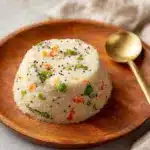
Vegetable Upma Recipe
- Total Time: 25 minutes
- Yield: 4 servings 1x
- Diet: Vegetarian
Description
A classic South Indian breakfast recipe, Vegetable Upma is a savory and comforting dish made from roasted semolina cooked with fresh vegetables and fragrant spices. It is mildly spiced, nutritious, and perfect for a quick and wholesome meal any time of the day.
Ingredients
Dry Ingredients
- 1 Cup Bombay Rava (semolina or sooji)
- 1 Teaspoon Mustard Seeds
- 1 Teaspoon Urad Dal
- 1 Teaspoon Chana Dal
- 1 3/4 Teaspoons Salt
- 1/2 Teaspoon Sugar
Vegetables & Herbs
- 1 Sprig Curry Leaves
- 1 Dry Red Chilli (broken into two)
- 1 Tablespoon Ginger (finely chopped)
- 1 ½ Onion (chopped, approx 1 Cup)
- 2 Green Chillies (chopped)
- 1/3 Cup chopped Carrot
- 1/4 Cup chopped Beans
- 1 Tomato (chopped, approx 1/2 Cup)
- 1/3 Cup Green Peas
- 2 Tablespoons Coriander Leaves (chopped)
Liquid & Fats
- 2 Tablespoons Oil
- 3 1/4 Cups Water
- 1 Tablespoon Ghee
Instructions
- Roasting Rava: Heat a kadai or frying pan over medium heat. Add the semolina (rava) and roast it on a low flame for 3-4 minutes until it develops a nutty aroma. Stir constantly to avoid browning, which can alter the color and taste. Once roasted, transfer the rava to a plate and let it cool.
- Making Tempering: In the same pan, heat oil over medium heat. Add mustard seeds and wait for them to splutter. Then add chana dal and urad dal and fry until they turn light golden brown, being careful not to over-brown.
- Adding Aromatics and Vegetables: Add curry leaves and broken dry red chili to the pan, sauté for 30 seconds until fragrant. Next, add chopped ginger, onions, and green chilies. Sauté until onions become translucent. Then add chopped carrots, beans, and green peas, cooking for about 2 minutes while stirring constantly.
- Boiling Water: Pour in 3 1/4 cups of water along with salt and sugar. Increase the heat to high and bring the mixture to a rolling boil.
- Adding Roasted Rava: Once the water is boiling, reduce the heat to low and slowly add the roasted rava while stirring continuously. This prevents lumps from forming and ensures even cooking.
- Cooking Upma: Cover the pan with a lid and let the upma steam for 3 to 4 minutes on low heat, allowing the rava to absorb the water and cook thoroughly.
- Finishing Touch: Finally, add a tablespoon of ghee and chopped coriander leaves to the upma. Mix well, switch off the heat, and serve hot with coconut chutney, pickle, or curd.
Notes
- Roasting the rava well is crucial to prevent any raw taste in the upma.
- Stirring continuously while adding rava to boiling water prevents lumps.
- You can customize vegetables depending on availability; bottle gourd or peas can be added as well.
- Adjust the amount of green chilies as per your spice preference.
- Serving hot is best to enjoy the soft texture of upma.
- Prep Time: 10 minutes
- Cook Time: 15 minutes
- Category: Breakfast
- Method: Roasting, sautéing, steaming
- Cuisine: South Indian
Nutrition
- Serving Size: 1 cup (approx. 200g)
- Calories: 210
- Sugar: 3g
- Sodium: 450mg
- Fat: 7g
- Saturated Fat: 2g
- Unsaturated Fat: 4g
- Trans Fat: 0g
- Carbohydrates: 32g
- Fiber: 3g
- Protein: 6g
- Cholesterol: 5mg
Keywords: vegetable upma, south indian breakfast, semolina upma, sooji recipe, savory upma, quick breakfast, healthy upma


